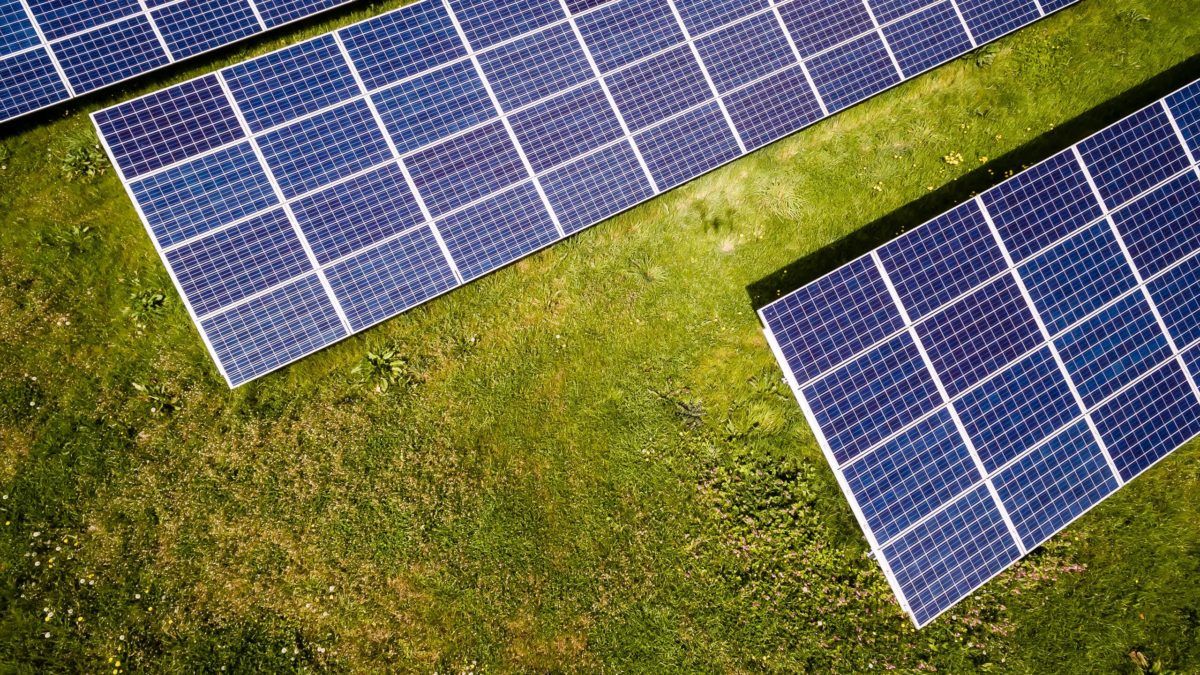The world's major solar manufacturers can be expected to switch from industry standard PERC (passivated emitter and rear cell) products to tunnel oxide passivated contact (TOPCon) technology “within the next few years,” according to a US analyst.
The technological shift prompted by manufacturers nearing PERC's conversion efficiency threshold of 23.7% – for commercially produced products – is one of the predictions made by Denver-based Clean Energy Associates (CEA) in its survey of the solar manufacturing industry during the last three months of 2021.
The analyst also revealed Chinese manufacturer GCL exited the solar cell production market in the fourth quarter of last year, contributing to a slower-than-expected expansion of PV cell and module capacity expansion.
pv magazine print edition
In this month’s edition, pv magazine takes a deep dive into the world of electromobility, with 22 pages of analysis taking in the market growth and expectations for electric vehicles (EVs) worldwide; how electricity networks will need to grow and adapt to make room for the electrification of transport; and the vital role for solar in all of this. We examine the growing trend for residential and commercial EV chargers linked to PV and optimized to make the most of solar kilowatt-hours, and take a look at some of the early movers working on vehicle-integrated PV – from solar sunroofs to full integration in vehicle bodywork. We also consider a range of e-mobility applications, from commercial trucks to family cars to electric bikes and other “last mile” delivery vehicles.
With the CEA citing the removal of old production facilities by Chinese manufacturers; tough global manufacturing conditions; and a difficult trade relationship between solar superpower China and the US as other reasons for delayed cell and module capacities, the analyst said the picture was entirely different for the manufacture of solar panel raw material polysilicon.
The report, announced in a press release issued by the CEA on Friday, estimated 500,000 tons of annual poly production capacity will come online this year, with a lot of facilities that were set in train in late 2020 due to hit full production in “early to mid 2022.”
That should see a reverse in polysilicon prices which rose sharply last year, contributing to solar panel price hikes. Chinese polysilicon manufacturer Daqo today announced it had signed a five-year deal with an unnamed “leading solar manufacturing company in China.” Daqo expects to supply around 30,000 tons of poly to the end of 2026, with the actual volume and prices to be determined monthly.
Popular content
Although there were fewer new cell and module production lines ramped up in the closing months of last year, the CEA said it expects expansions to resume pace this year with around 45GW of new annual solar panel manufacturing capacity to arrive by the end of December, and more than 55GW next year.
Chinese demand could play a significant factor with the CEA speculating Beijing could remove clean electricity from this year's application of its “dual control” policy, which limits energy consumption and the energy intensity of manufacturing processes and which last year prompted electricity shortages.
Supply chains
The solar market will also be pumped over the next four years by manufacturing plans announced in Europe, as the region attempts to wean itself off an over dependence on Chinese supply chains.
The CEA expects solar ingot and wafer production lines could “potentially” amount to more than 20GW of annual capacity in Europe in 2025; cell output capability “could grow” to more than 30GW in that year; and the module figure can be “expected to increase” to more than 45GW by the middle of the decade.
This content is protected by copyright and may not be reused. If you want to cooperate with us and would like to reuse some of our content, please contact: editors@pv-magazine.com.



1 comment
By submitting this form you agree to pv magazine using your data for the purposes of publishing your comment.
Your personal data will only be disclosed or otherwise transmitted to third parties for the purposes of spam filtering or if this is necessary for technical maintenance of the website. Any other transfer to third parties will not take place unless this is justified on the basis of applicable data protection regulations or if pv magazine is legally obliged to do so.
You may revoke this consent at any time with effect for the future, in which case your personal data will be deleted immediately. Otherwise, your data will be deleted if pv magazine has processed your request or the purpose of data storage is fulfilled.
Further information on data privacy can be found in our Data Protection Policy.